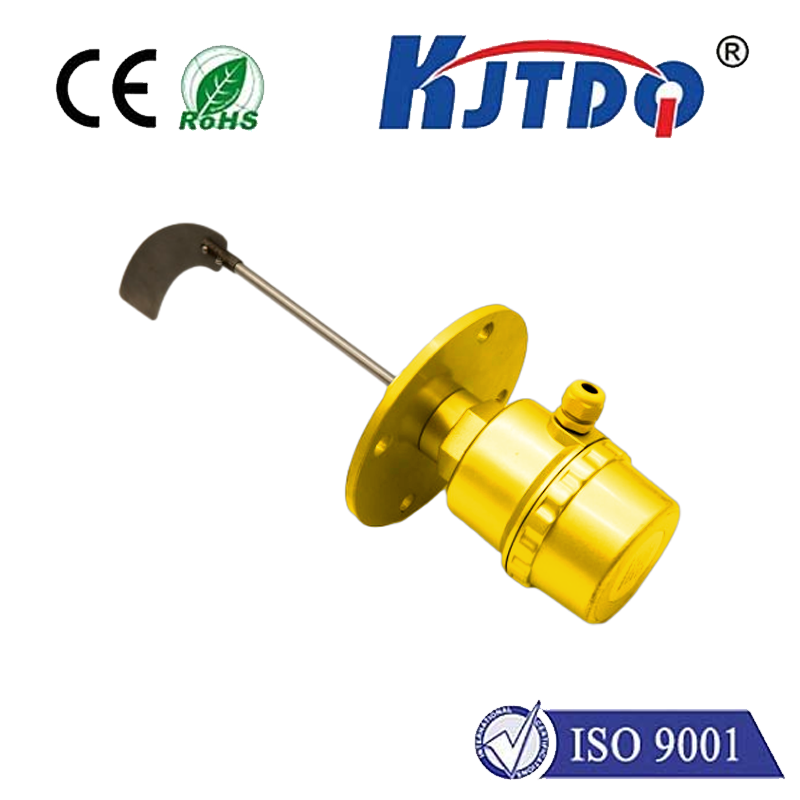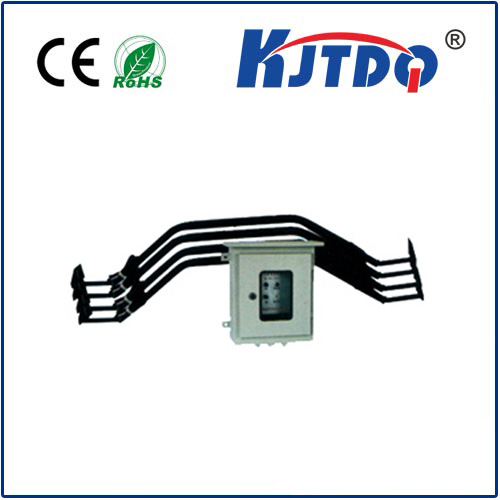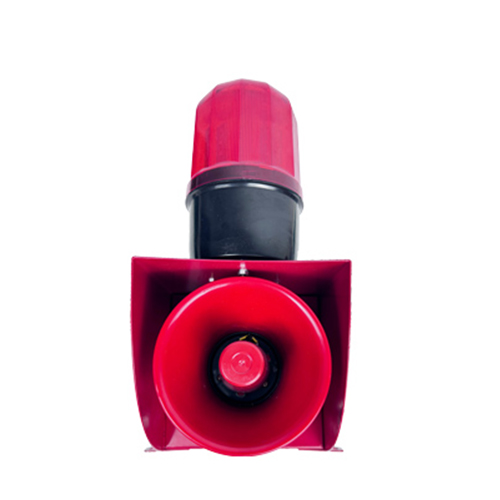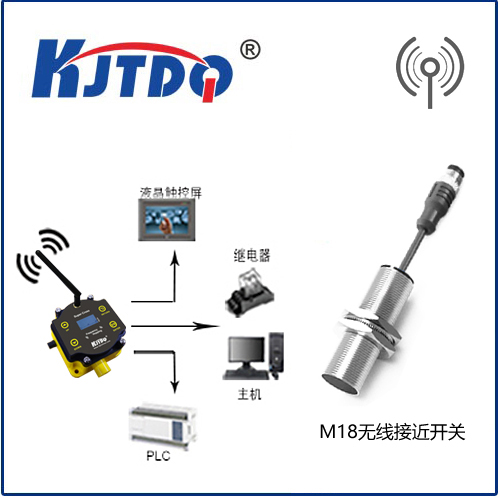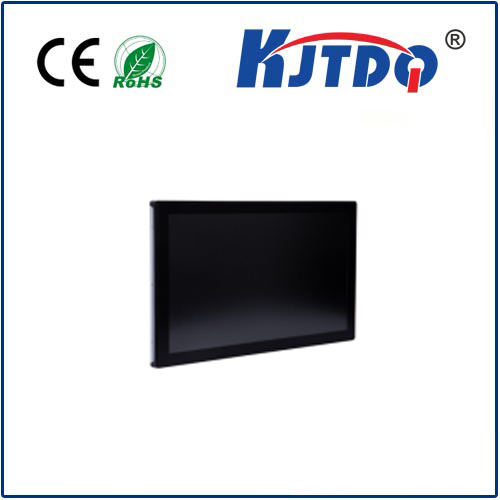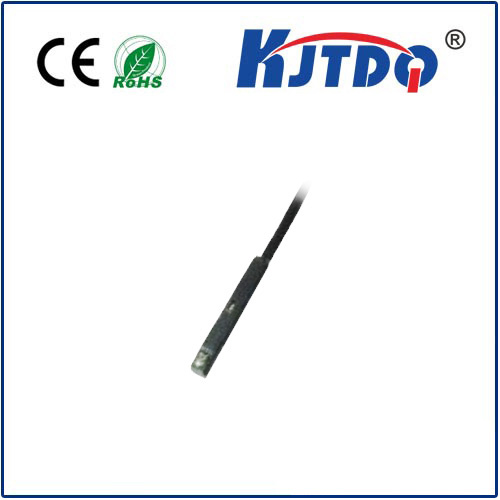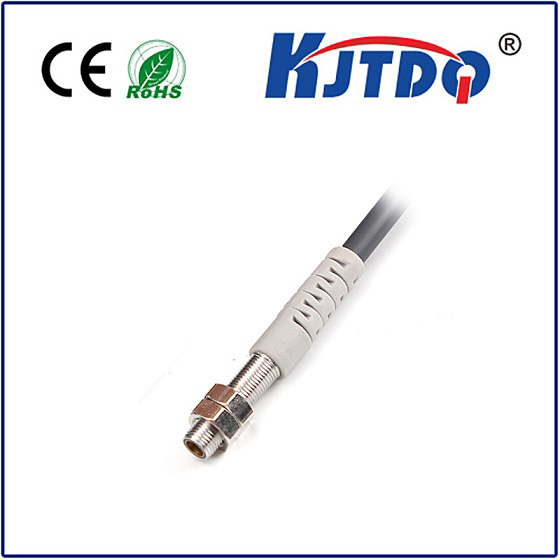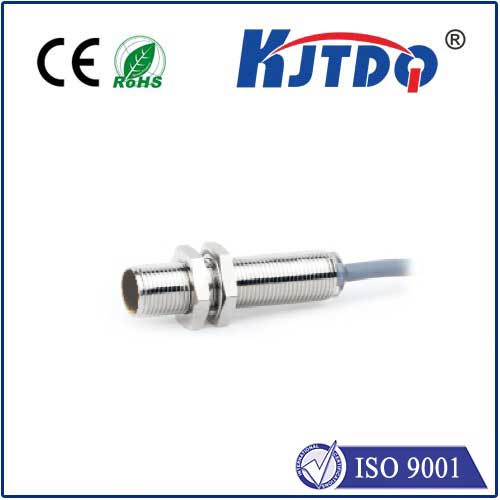q25 proximity sensor
- time:2025-09-09 05:28:43
- Click:0
The Q25 Proximity Sensor: Compact Power for Reliable Non-Contact Detection
Imagine a robotic arm gracefully assembling intricate electronics, flawlessly stopping its motion just millimeters before touching a delicate component. Or picture an automated packaging line, precisely counting bottles whizzing past at high speed without a single physical bump. This level of precision, efficiency, and safety is made possible by proximity sensors, the unseen heroes of modern automation. Among these, the Q25 proximity sensor stands out as a remarkably compact and versatile solution, offering robust performance where space and reliability are paramount. Understanding its capabilities empowers engineers and technicians to streamline processes and enhance equipment performance significantly.
What is a Proximity Sensor, and How Does the Q25 Fit In?
A proximity sensor is an electronic device engineered to detect the presence or absence of an object within a specific range without physical contact. It operates primarily through electromagnetic fields. When a target object (usually metallic for inductive types, common in industrial settings) enters this sensing field, it causes a detectable change, triggering the sensor’s output state. This non-contact detection principle is crucial for applications demanding high repeatability, minimal wear and tear, and operation in challenging environments (dirt, dust, moisture).

The Q25 proximity sensor is a specific model typically characterized by its highly compact, cylindrical design – often with an 18mm diameter threaded barrel (M18 size). It represents an industrial-grade workhorse, designed to deliver dependable object detection in space-constrained locations where larger sensors simply wouldn’t fit. Its popularity stems from an excellent blend of size, performance, and resilience.
Unpacking the Strengths of the Q25 Proximity Sensor
- *Compact Size (M18 Form Factor):* This is its defining feature. The small diameter allows installation in tight spaces on machinery, tooling fixtures, robotic arms, and within control panels where real estate is precious. Its design maximizes functionality within minimal spatial requirements.
- Robust Construction & Environmental Protection: Engineered for demanding industrial landscapes, the Q25 typically boasts an impressive IP67 rating (or higher in some variants). This signifies excellent protection against the ingress of dust and temporary immersion in water (up to 1 meter for 30 minutes), making it suitable for harsh factory floors, washdown areas, and outdoor equipment. Its housing, usually constructed from nickel-plated brass or stainless steel, offers significant resistance to vibration and mechanical impacts.
- Reliable Sensing Performance: Utilizing solid-state electronics (without moving parts), these sensors offer exceptional long-term reliability and fast response times. They can detect ferrous metals (like steel or iron) consistently at specified ranges, ensuring precise triggering for counting, positioning, and end-of-travel applications.
- Adjustable Sensing Range: Many Q25 models feature a conveniently adjustable sensing distance. This is achieved via a potentiometer accessed through the rear face of the sensor, allowing fine-tuning directly in the field to optimize performance for different targets or mounting positions without needing additional hardware changes.
- Versatile Electrical Integration: Designed for seamless integration into control systems, the Q25 commonly operates within a wide voltage range (e.g., 10-30V DC), compatible with standard PLC (Programmable Logic Controller) and machine control voltages. Output configurations typically include NPN (sinking) or PNP (sourcing) transistor outputs (3-wire), or sometimes a 2-wire AC/DC variant, catering to different wiring practices. Look-out voltage rating details on the sensor’s label.
| Key Q25 Proximity Sensor Specifications (Typical) |
| Housing Material |
Nickel-plated Brass / Stainless Steel |
| Diameter / Form Factor |
Ø18mm (M18 Thread) |
| Sensing Principle |
Inductive (Ferrous Metals) |
| Sensing Range (Sn) |
Adjustable (e.g., 1.5mm to 4mm typical standard range) |
| Operating Voltage |
10-30V DC (Common for 3-wire) / Wider ranges possible |
| Output Type |
NPN NO/NC, PNP NO/NC (3-wire) / 2-wire AC/DC |
| Protection Rating |
IP67 (Standard) / IP68/IP69K (Enhanced Versions) |
| Connection |
Pre-wired Cable (Std Lengths) / Connector Options |
| Housing Style |
Shielded / Non-Shielded (Flush / Non-Flush Mount) |
Where the Q25 Proximity Shines: Key Application Areas
The unique blend of compactness and ruggedness makes the Q25 proximity sensor indispensable across numerous sectors:
- Industrial Automation & Robotics: Mounted directly on robotic end-effectors, within grippers, or on tool changers to detect part presence, confirm tool seating, or signal approach limits. Its small size is critical within the confined spaces of complex robotic cells.
- Material Handling & Packaging: Used extensively on conveyor systems for precise object counting, jam detection, verifying product placement, and triggering diverters or reject mechanisms. IP67 protection ensures reliability despite dust generated by moving materials.
- Machine Tooling: Integrated into CNC machines, stamping presses, and injection molding machines to verify part clamping, detect tool positions (e.g., turret indexing), monitor safety guards, and confirm end-of-stroke positions. Vibration resistance is vital in these environments.
- Automotive Manufacturing: Employed throughout assembly lines for verifying component presence before welding or assembly steps, confirming door or hood closure for processes like painting or leak testing, and guiding automated guided vehicles (AGVs). Robustness withstands the demanding production pace.
- Food & Beverage Processing: While requiring specific food-grade material certifications (like 316L stainless steel housings), Q25 sensors with enhanced IP69K ratings excel in washdown areas for detecting metal parts on production lines or verifying container positions.
Selecting and Implementing Your Q25 Effectively
Choosing the right Q25 sensor involves considering several factors beyond the basic M18 size:
- Sensing Range: Ensure the adjustable range covers the required gap between the sensor face and the target object. Remember, the actual usable range can be affected by the target material (steel has best range) and size.
- Shielded (Flush Mount) vs. Non-Shielded (Non-Flush):
- Shielded: Can be mounted flush in metal surroundings. Typically offers a shorter sensing range.
- Non-Shielded: Requires a gap around the sensor face to metal surroundings. Usually provides a longer sensing range.
- Output Configuration: Select NPN or PNP (3-wire) based on your control system’s input requirements (sourcing or sinking). Alternatively, choose 2-w






